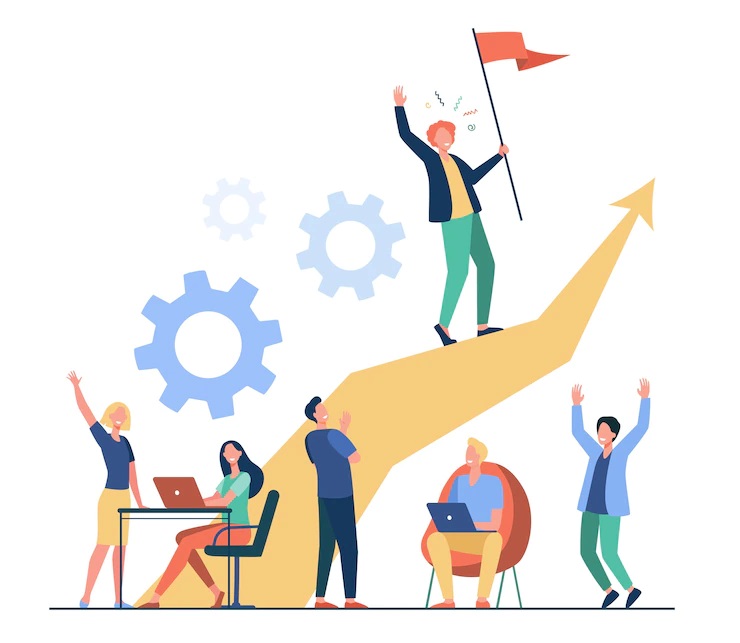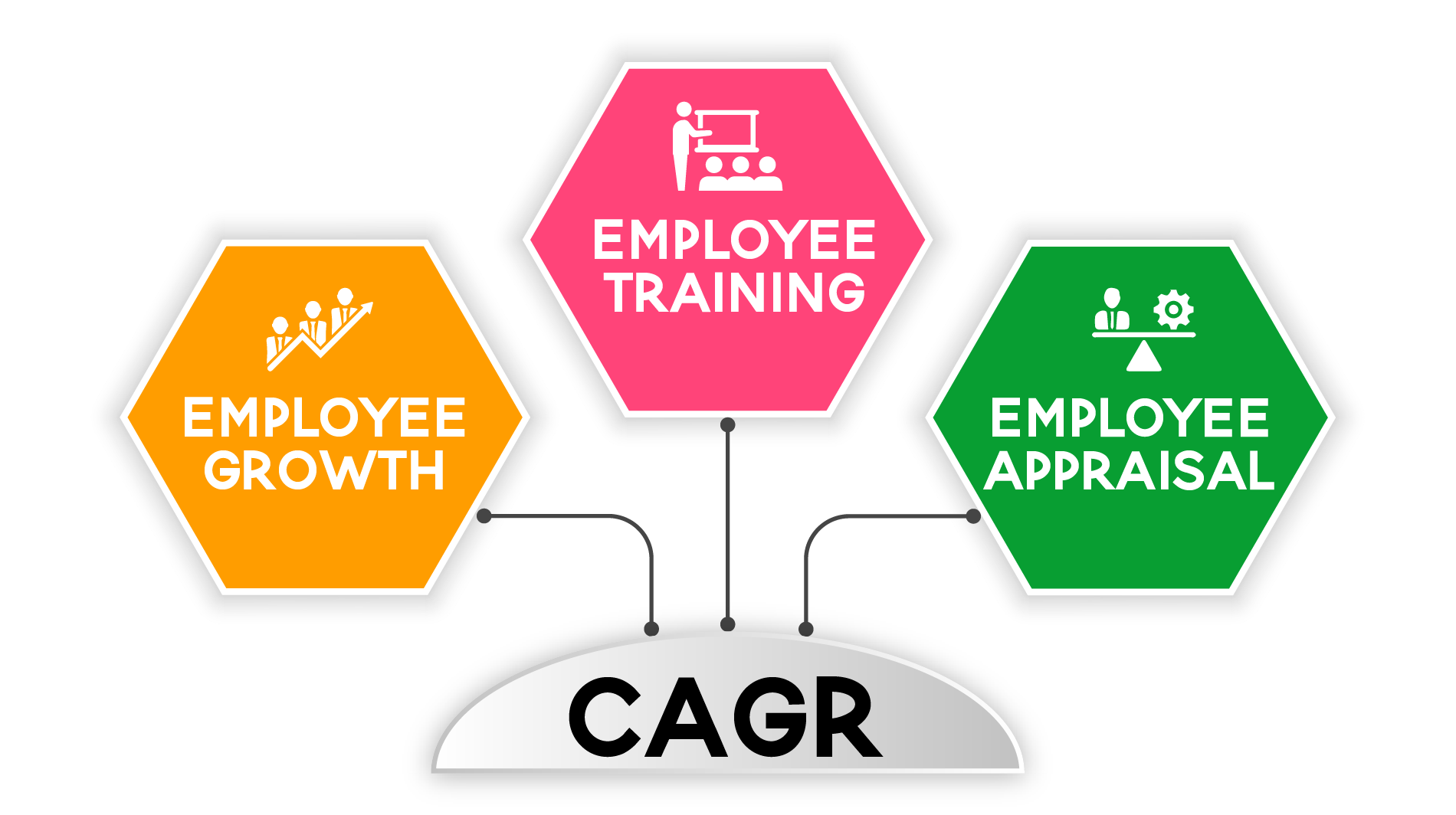Employee Assets, with regards to HRMS are the assets allocated to the employees by the organisation. Management of employee assets is particularly difficult, let alone the assets. As management of employees itself is difficult in the first place. An HRMS lets you manage these assets by automating the tracking of these assets. These assets are then integrated into the workflow and tracked in further detail.
Listed below are major factors that contribute in management efficiency of employee assets-
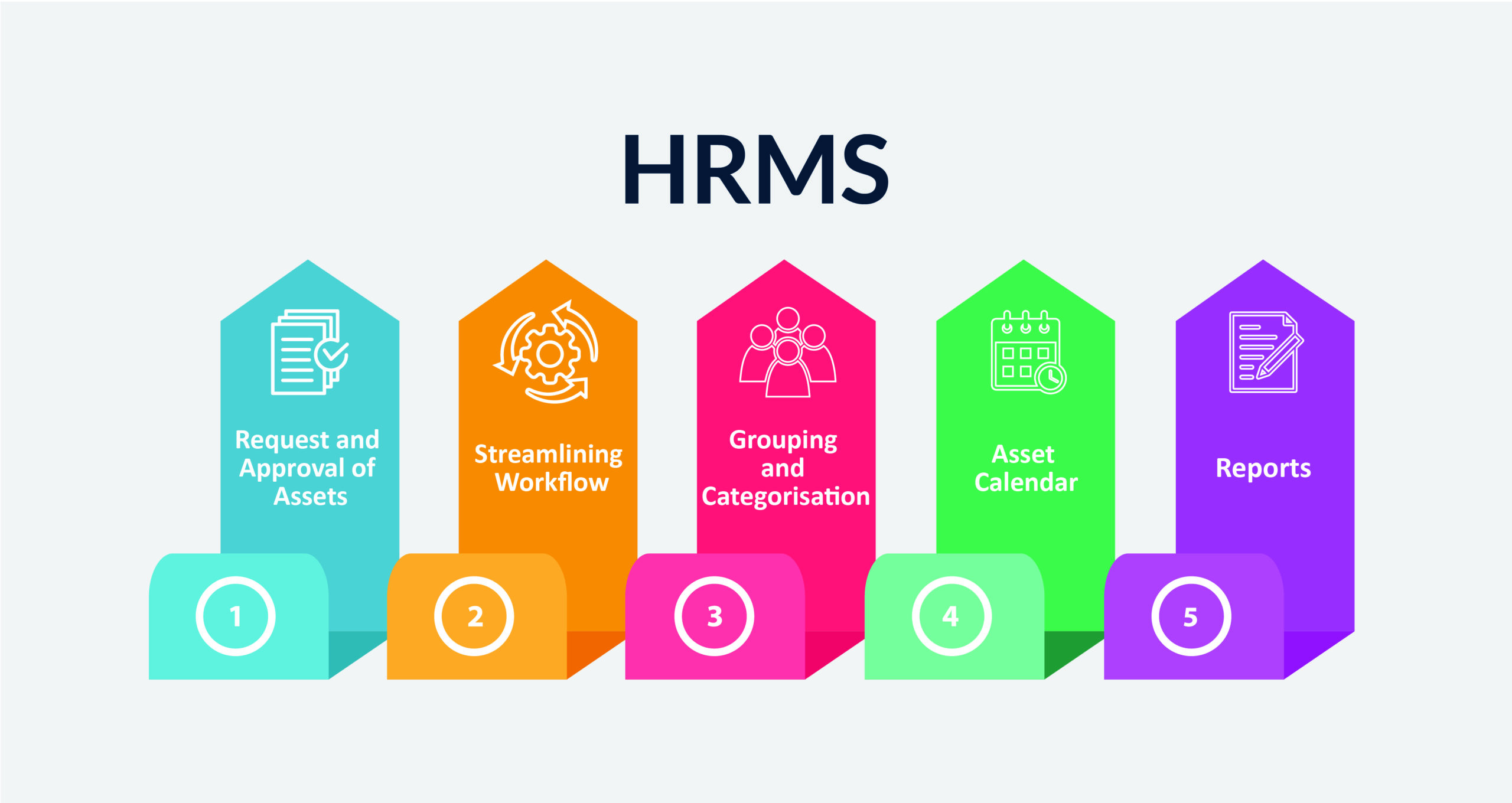 – Request and Approval of Assets
– Request and Approval of Assets
The most attractive feature of an Employee Asset Management is the workflow integration. Employees can post requests for asset booking and the admin/manager can approve the requests. This ensures optimum utilisation of assets. Request and approval method also ensures that there are no clashes in scheduling of the assets.
– Streamlines Workflow
Speaking of workflow, an Employee Asset Manager streamlines workflow by applying the request-approval method. It also streamlines workflow by eliminating clashing of schedules. Providing employees with resources that they require to complete a particular task and then lining up the resources to align the schedule of other employees also aids in improving the workflow efficiency.
– Grouping and Categorisation
Major perk of using an HRMS to manage your employee assets is grouping and categorisation. With this, you can create groups and heads of assets and qualify the employee to request these assets on an eligibility basis. This ensures that there is no misuse of resources and resources are utilised at maximum efficiency.
– Asset Calendar
With the Asset Calendar, Resources (Assets) can be allocated and/or booked on a time or day basis. This base will be determined by the assets already marked as booked in the calendar. The assets once booked cannot be used by other employees and if they wish to use them, they have to request. Employees can plan the request by looking in the asset calendar. This provides further assurance of elimination of clashes.
 – Reports
– Reports
Due to a Human Resource Management System, reports are much more efficient and accurate. Various reports like Asset Usage per month/quarter/year can be extracted. Department and group wise reports can also be generated. Alongside such reports, many more user defined reports can also be generated. Graphical representation of such reports is another thing that makes an HRM Software a standout!
In Conclusion, Management of employee assets is as important as management of the employees themselves. You can learn more about employee asset management and how an HRMS (Spine HR Suite) helps you manage them. And if you are looking for an HR Software for your organisation, Spine HR Suite is the best option in the market today. With over 2 decades of experience and an international presence, it becomes obvious.


 – Resume Parsing
– Resume Parsing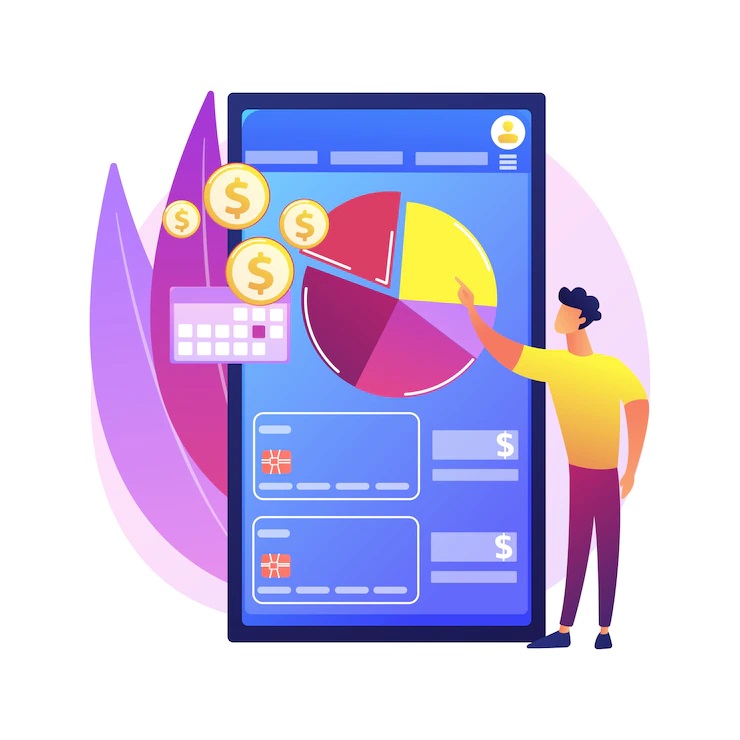
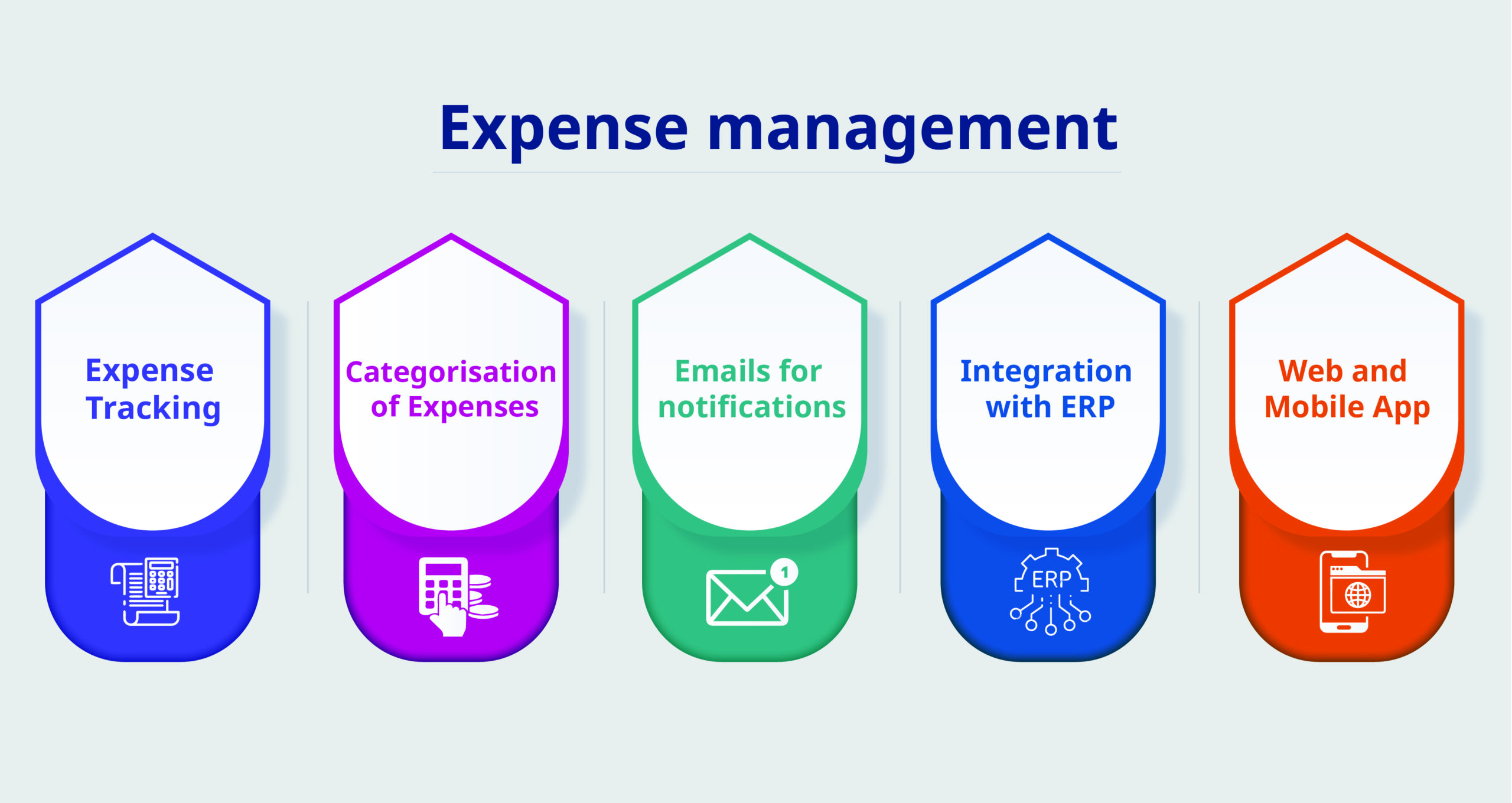 Expense Tracking
Expense Tracking
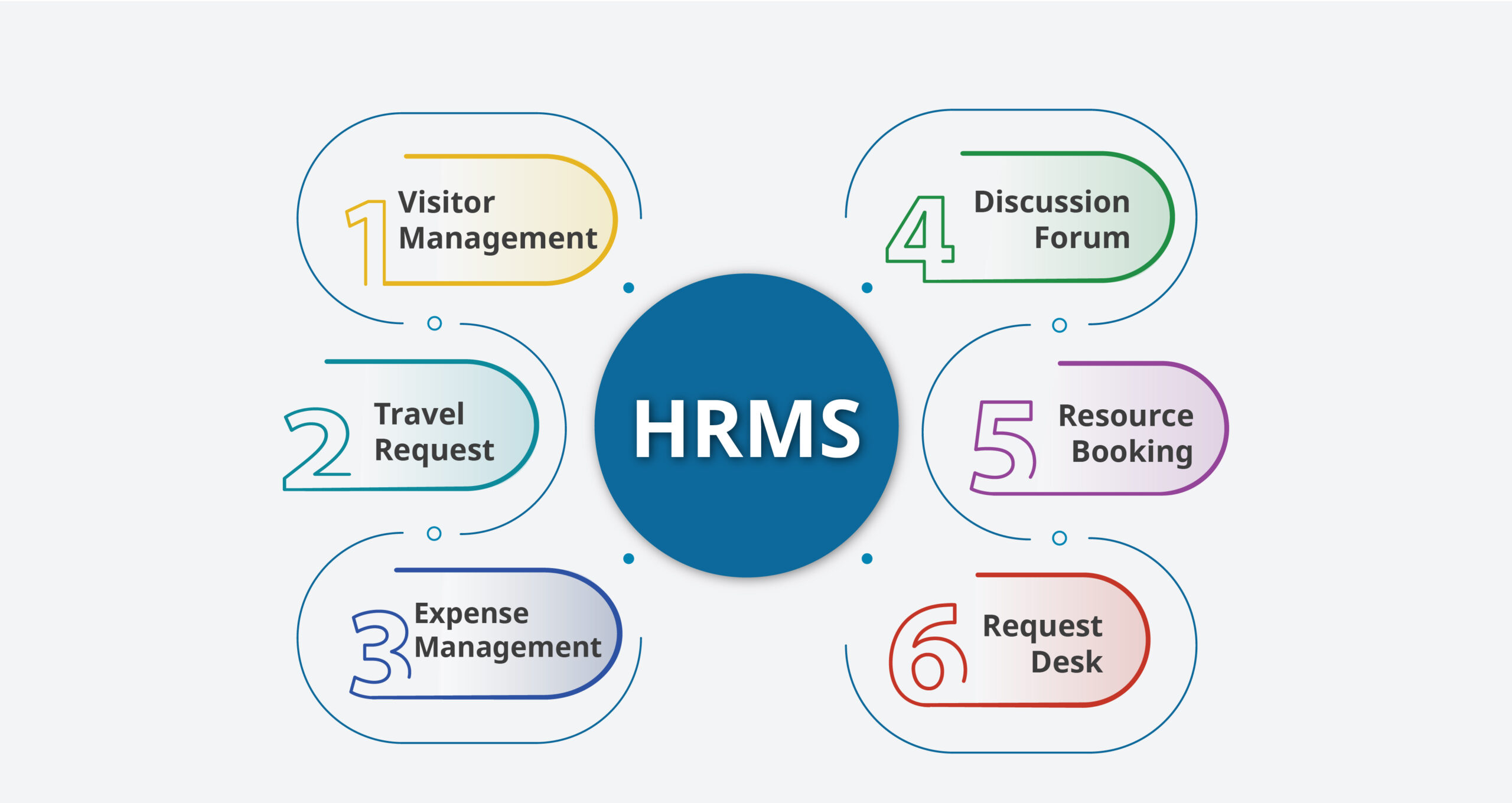 – Visitor Management
– Visitor Management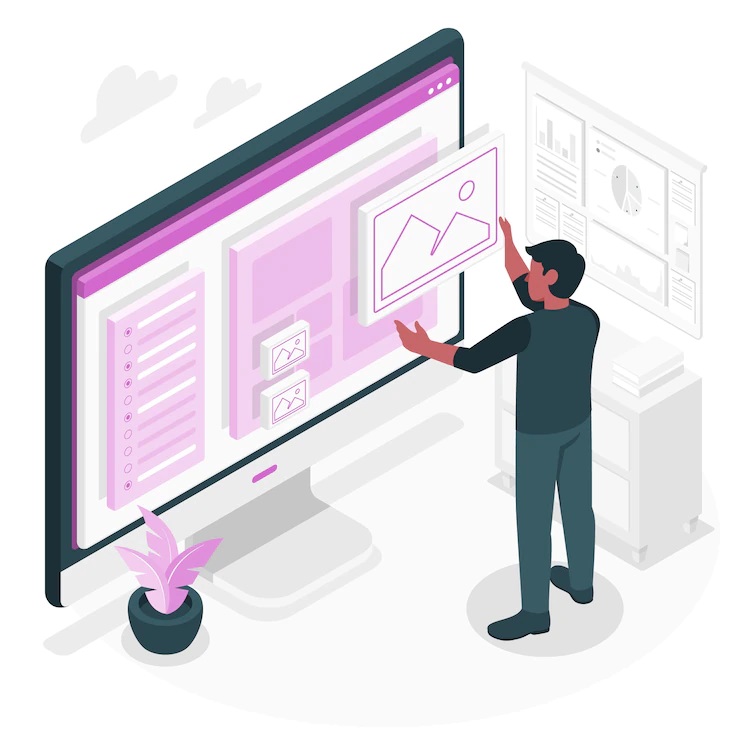
 – Tracking Fixed Assets
– Tracking Fixed Assets
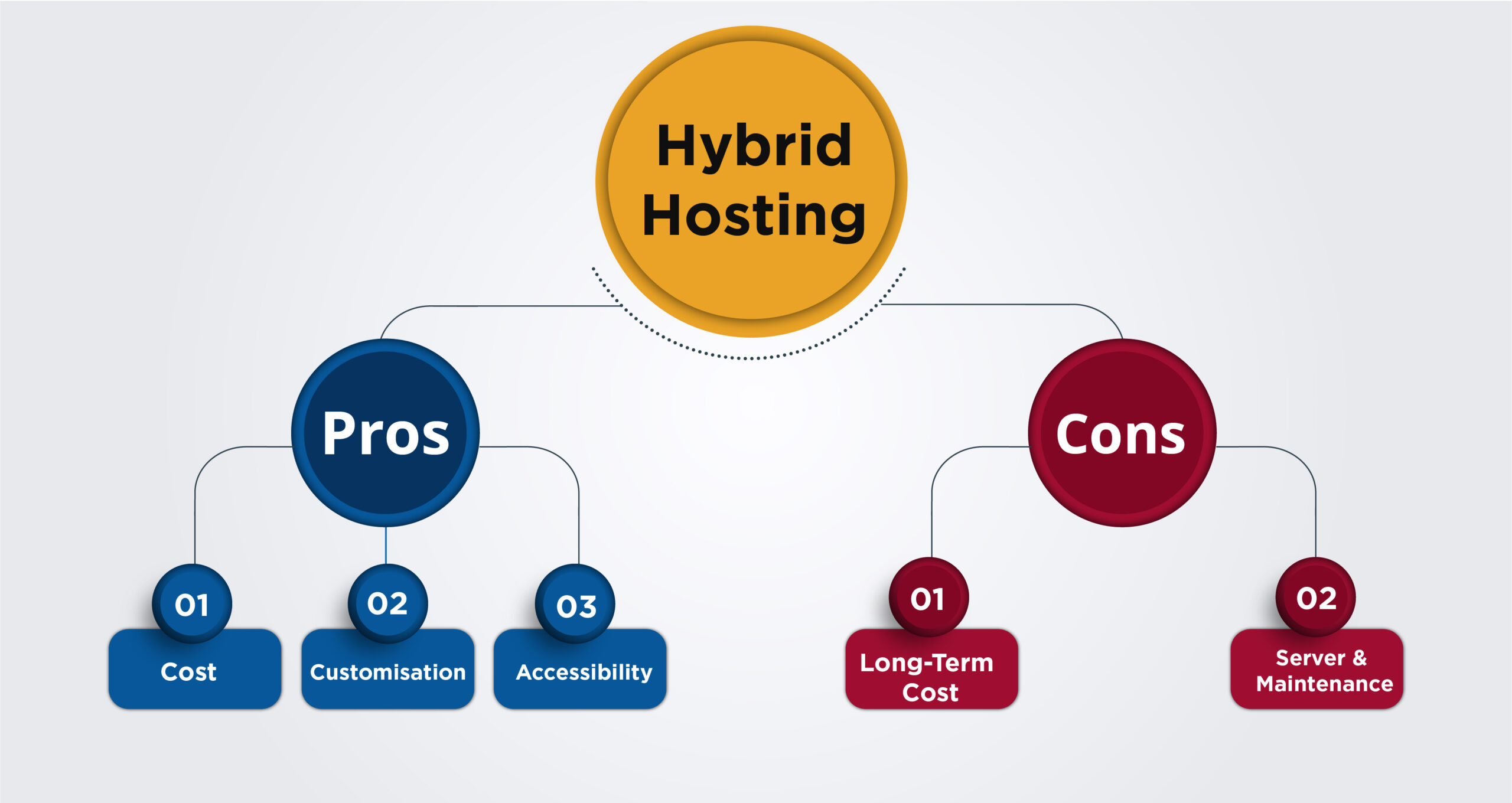 Advantages:
Advantages:
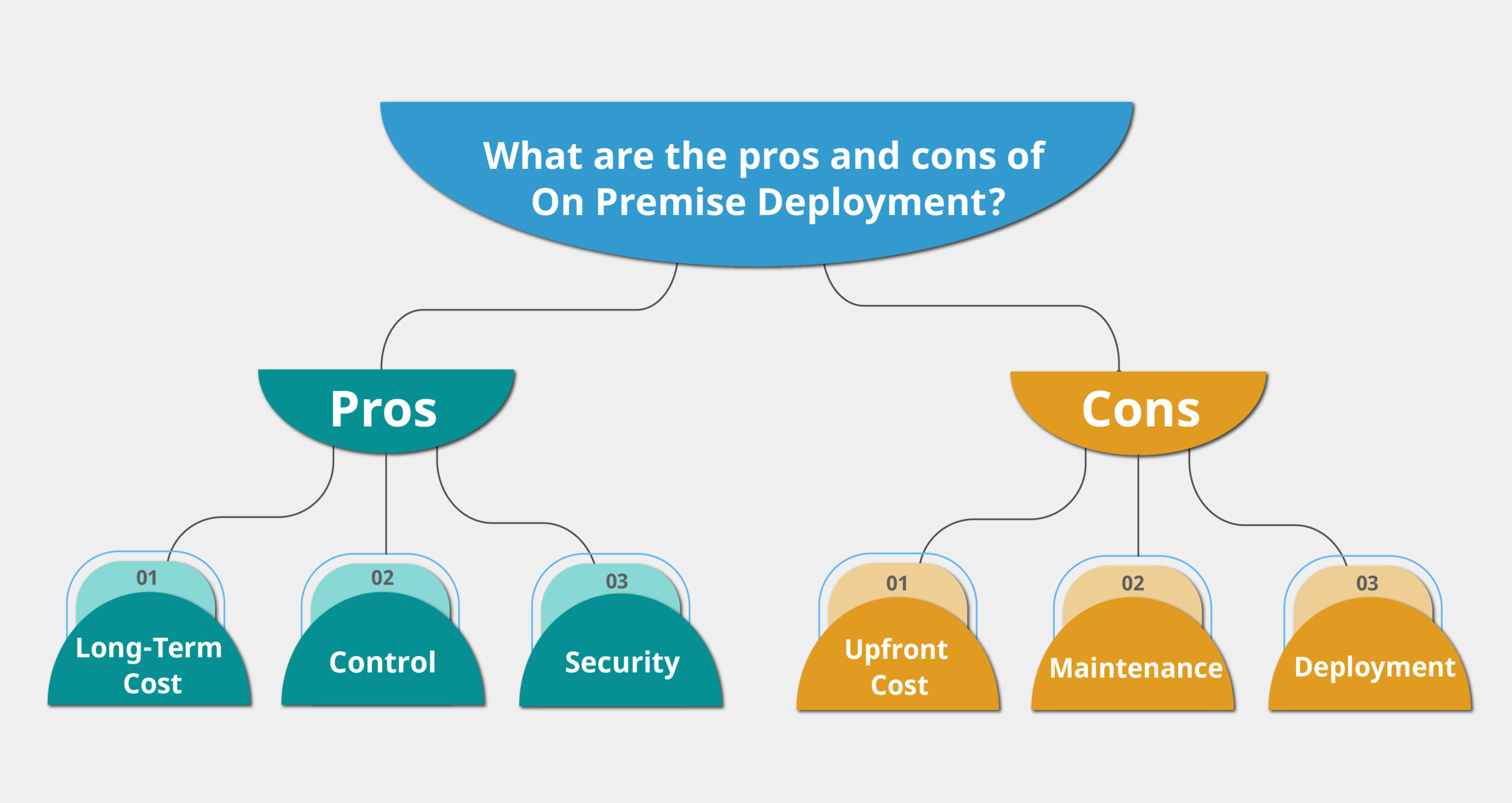 Pros:
Pros:
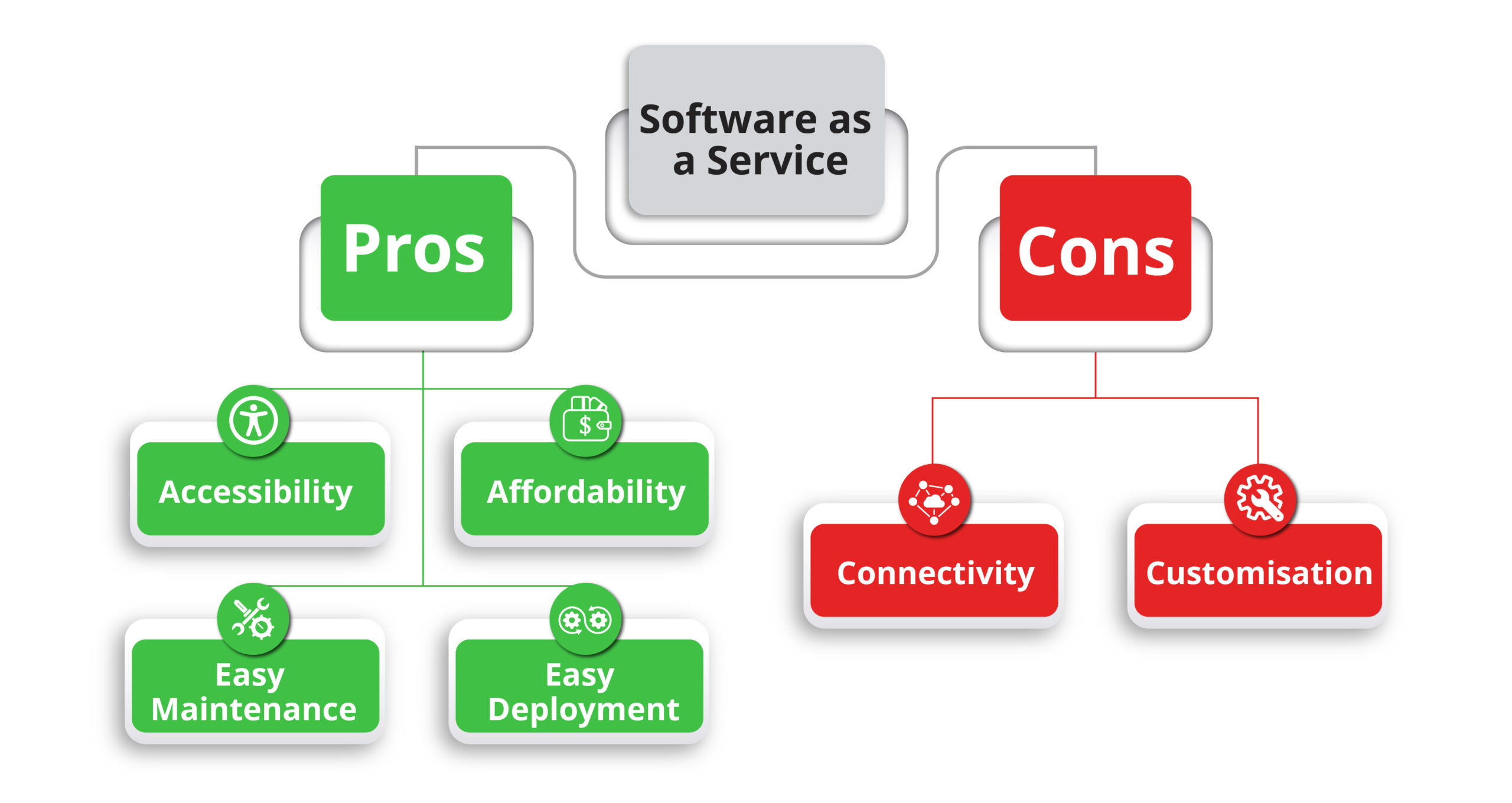

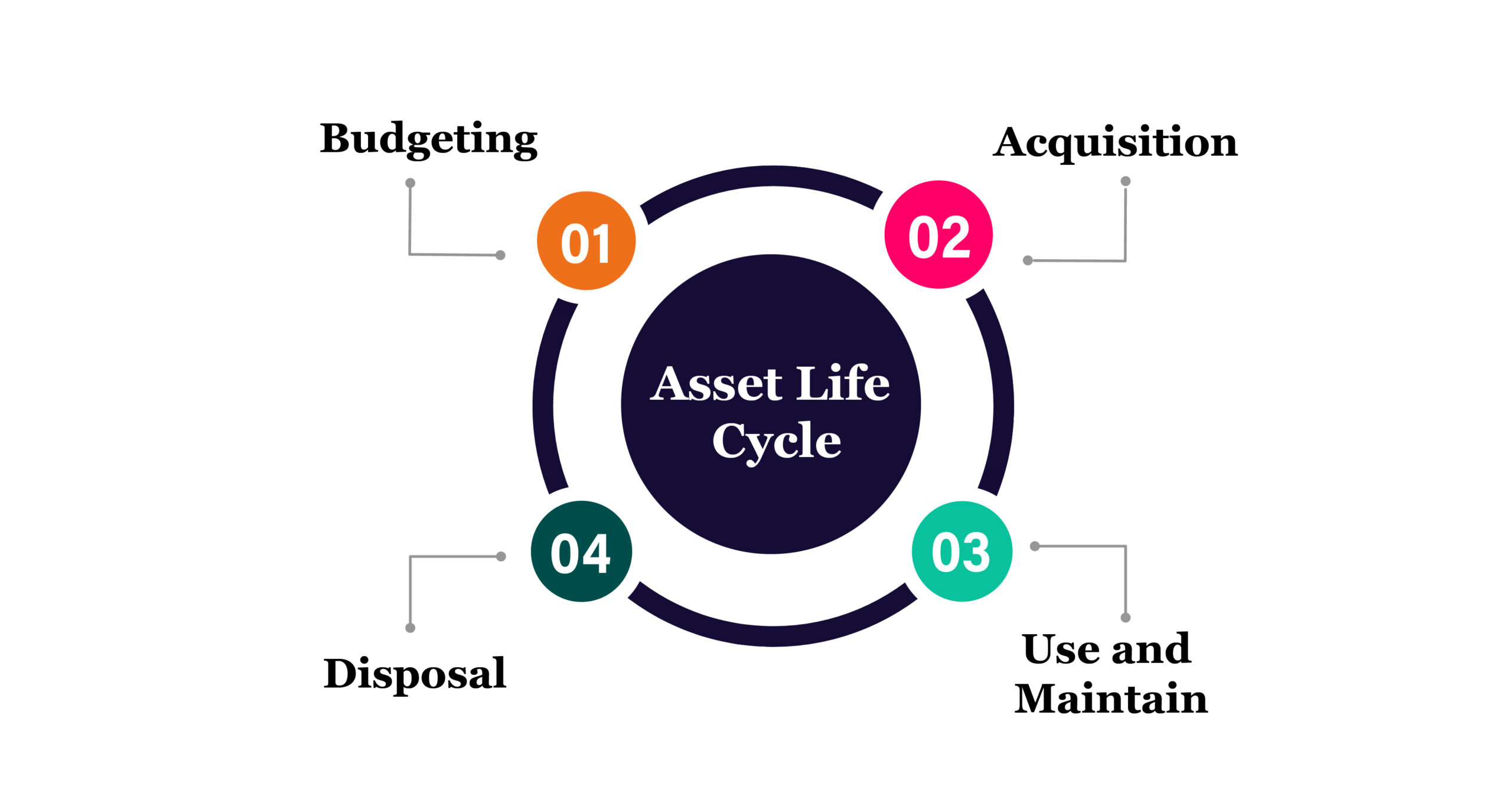 – Budgeting
– Budgeting